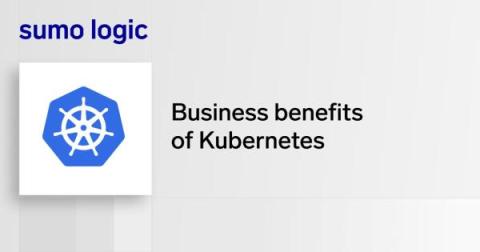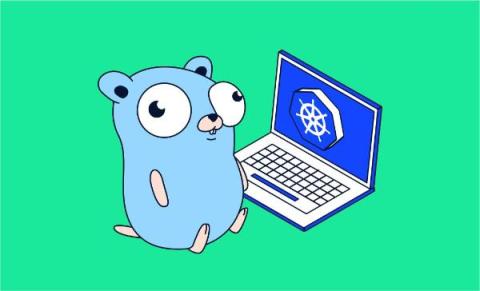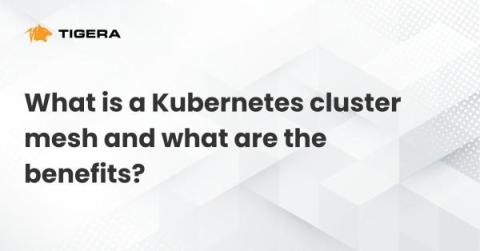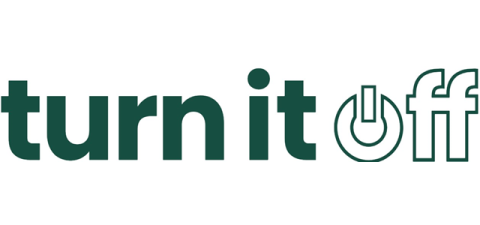Operations | Monitoring | ITSM | DevOps | Cloud
Latest News
Best Kubernetes Alternatives & Competitors
Five reasons why every CIO should consider Kubernetes
You should read this if you are an executive (CIO/CISO/CxO) or IT professional seeking to understand various Kubernetes business use cases. You’ll address topics like: Many enterprises adopting a multi-cloud strategy and breaking up their monolithic code realize that container management platforms like Kubernetes are the first step to building scalable modern applications.
The Benefits of using containerization in DevOps workflows
Software development cycles demand rapid deployment and scalability, traditional infrastructure struggles to keep pace. Enter containerization—a revolutionary technology empowering DevOps teams to streamline their workflows, enhance portability, and drive efficiency in software development and deployment.
EKS Cost Traps: 3 Common Mistakes And How To Avoid Them
Building Modern Data Microservices with VMware Tanzu Data Services
As many VMware customers have found in recent years, cloud native microservice-based applications improve IT operations efficiency and security along with developer speed and productivity. When data is at the heart of those mission-critical applications, VMware Tanzu Data Services, a portfolio of popular enterprise-grade cloud native data solutions for data in motion and at rest, can help.
Deploying a Golang Microservice to Kubernetes
With the rise of cloud computing, containerization, and microservices architecture, developers are adopting new approaches to building and deploying applications that are more scalable and resilient. Microservices architecture, in particular, has gained significant popularity due to its ability to break down monolithic applications into smaller, independent services.
What is a Kubernetes cluster mesh and what are the benefits?
Kubernetes is an excellent solution for building a flexible and scalable infrastructure to run dynamic workloads. However, as our cluster expands, we might face the inevitable situation of scaling and managing multiple clusters concurrently. This notion can introduce a lot of complexity for our day-to-day workload maintenance and adds difficulty to keep all our policies and services up to date in all environments.
Introducing Products: A Tool to Model Argo CD Application Relationships and Promotions
At Codefresh, we are always happy to see companies and organizations as they adopt Argo CD and get all the benefits of GitOps. But as they grow we see a common pattern: It is at this point that organizations come to Codefresh and ask how we can help them scale out the Argo CD (and sometimes Argo Rollouts) initiative in the organization. After talking with them about the blockers, we almost always find the same root cause.











